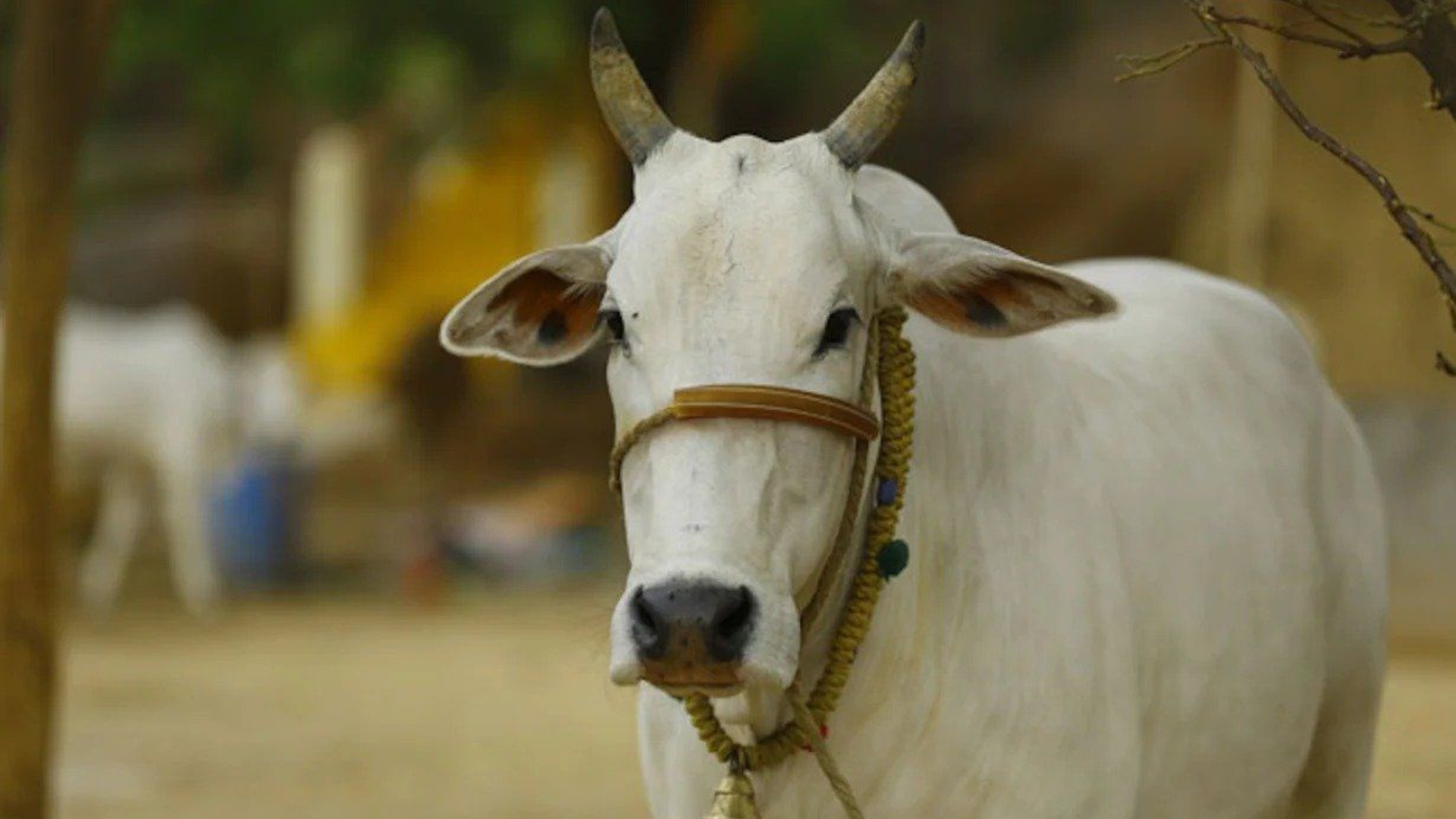The Indian Space Research Organisation (ISRO) will launch the European Space Agency’s (ESA) Proba-3 mission, dedicated to studying the Sun’s corona, the outermost layer of its atmosphere.
The launch is planned for December 4, 2024, from ISRO’s Satish Dhawan Space Centre in Sriharikota, India, using ISRO’s trusted Polar Satellite Launch Vehicle (PSLV-XL).
About Proba-3
Proba-3 is a two-satellite mission that will use an innovative technique called precision formation flying. The two spacecraft, separated by 150 meters in orbit, will create artificial solar eclipses to observe the Sun’s corona.
The smaller satellite, called the Occulter, will block the Sun’s disc, and the larger satellite, the Coronagraph, will observe the corona. This new approach allows for eclipse-like conditions for six hours of each 19-hour orbit, offering unprecedented insights into the Sun’s atmospheric dynamics.
The mission, estimated to cost 200 million euros, is a collaboration of scientists from multiple European countries, including Spain, Belgium, Poland, Italy, and Switzerland. It will also refine techniques for precision formation flying, a key technology for future satellite constellations.
ESA-ISRO Collaboration
ESA cited the cost-effectiveness and reliability of PSLV-XL as prime reasons for choosing ISRO for the launch. It deemed PSLV-XL to be an economical alternative to ESA’s heavy-lift Ariane-6 and medium-lift Vega-C rockets, which either proved overpowered or inadequate for the requirements of Proba-3.
It is ESA’s first mission collaboration with ISRO since the Proba-1 mission in 2001. With a highly elliptical orbit of over 60,000 kilometers from Earth, Proba-3 will generate approximately 50 artificial eclipses per year, allowing scientists to better understand the corona’s structure, dynamics, and heating processes.
The mission would also search for Coronal Mass Ejections and understand why the Sun’s corona is hotter by factors of three to six over the Sun’s surface. Three onboard instruments, consisting of the ASPIICS coronagraph among others, would deliver early results for Proba-3 following the commissioning phase within March 2025.
ALSO READ: Centre Approves ISRO’s Shukrayaan-1, India’s First Venus Orbiter to Launch in 2028



















